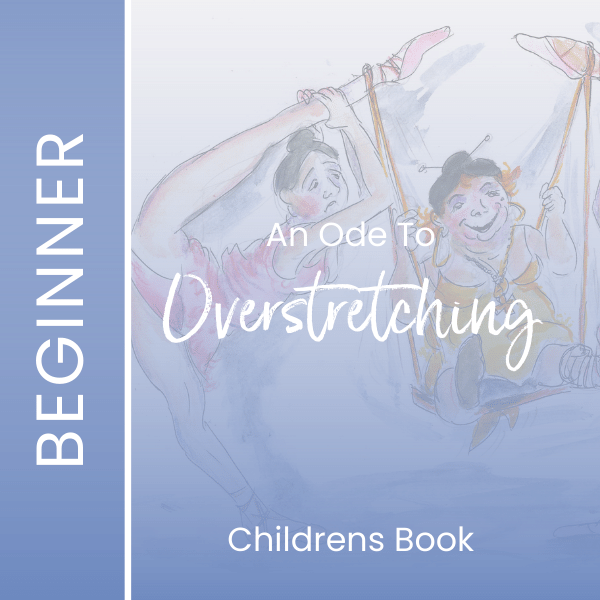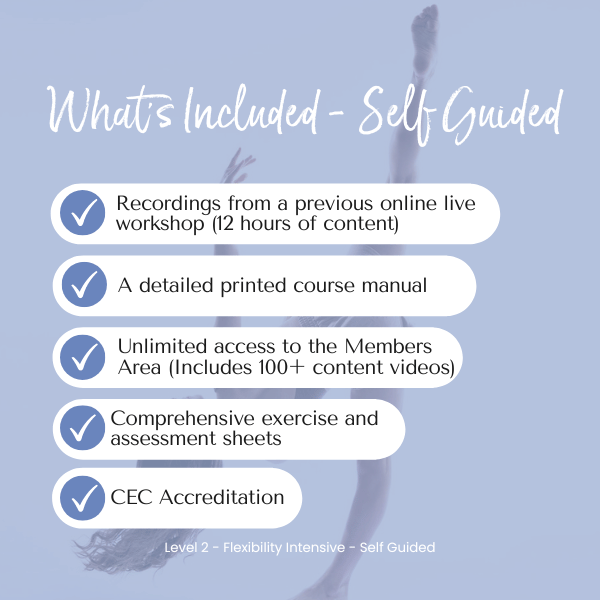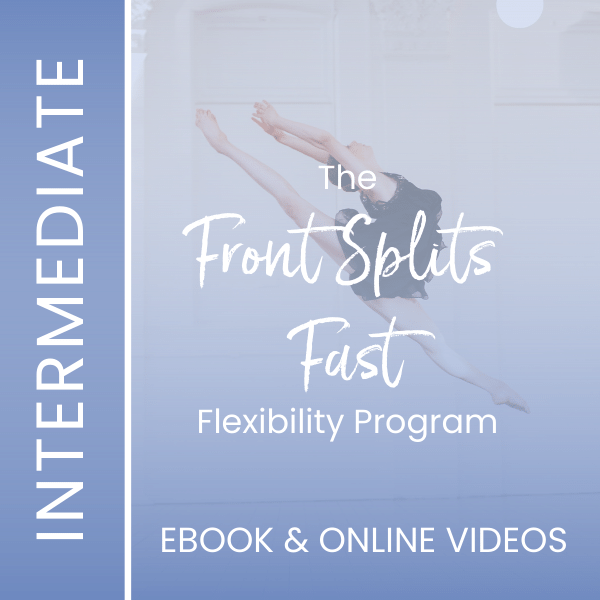- Free Articles
- Shop
- Workshops
- The Dance Educator Series
- Upcoming Workshops
- Workshop FAQ’s
- Host Application Form
- Student Workshop Application Form
- Dance Teacher & Health Professional Directory
- Workshop Testimonials
- Members Areas
- Cart
- My Account
What is Neural Tension?
One of the main concepts that can help anyone wanting to get more mobile is assessing how well their nerves slide in the body. Your nervous system can affect your flexibility in two very different ways.
The first is actually the mechanics of your nervous system. While we often think of nerves as being these tiny, almost invisible, magical things that run all over your body, the truth is that your bigger nerves are more like rope or string. An even better analogy is that they are electrical wire, complete with insulation. They are quite resilient and are designed to slide, rather than stretch when we move.
However, if there are restrictions along the line of the main nerves, this can cause major restrictions in your flexibility. The secret to increasing your flexibility is in identifying and releasing the blockage, by utilising specific massage techniques, mobilisations and carefully structured movements to get the nerves sliding again. In this way you can easily move through your old level restrictions, and keep your new found mobility much more easily! There are many different ways of doing these techniques, however over the years I have found a selection that seems to work well for just about everyone, which are outlined in my Front Splits Fast flexibility program.
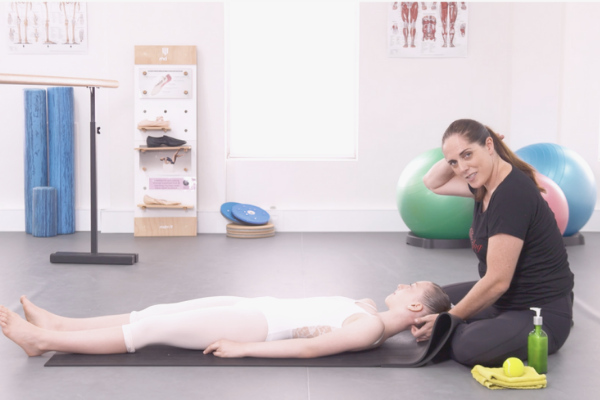
This suboccipital release technique can be used on everyone from young children who have lost their flexibility during a growth spurt, to older people who may have never felt mobile. It can have absolutely dramatic results on people who once were flexible and then ‘lost it’.
The program is a process of exploration for everyone. Everyone has slightly different areas that are restricting them, and these areas are spread all over the body. Just because you feel tension in the area of your hamstrings does not mean that your hamstrings are at fault.
Flexibility Resources
If you are looking to delve deeper into this topic, check out the following programs:
- Front Splits Fast Program: This program translates therapeutic techniques for improving Fascial Mobility and Neural Tension into easy to do exercises that can enable instant changes in your flexibility without the risk of damage through over stretching.
- Level Two Online Flexibility Intensive: If you are a dance teacher, this is the perfect continued education course for you. During this course you will understand the multifactorial nature to flexibility training. You will also explore safe ways of assessing exactly where each individual is restricted in order to create the most effective program.
- Level Three Online Flexibility Intensive on 'How to Train Extreme Mobility Safely': This workshop will help you assess your students in detail and be able to offer them effective techniques in a logical clear order to get them on the way to achieving THEIR optimal flexibility. It is also for teachers who are concerned at the extreme positions young dancers are wanting to work into, as it gives you safe guidelines on how to guide their development.
-

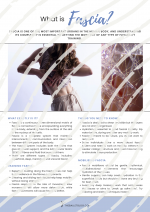 This product has multiple variants. The options may be chosen on the product page
This product has multiple variants. The options may be chosen on the product pageThe Flexibility Series (PDF Posters)
Price range: $AUD 10.00 through $AUD 40.00 -

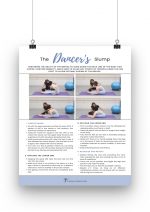 This product has multiple variants. The options may be chosen on the product page
This product has multiple variants. The options may be chosen on the product pageThe Flexibility Series (Australia)
Price range: $AUD 25.00 through $AUD 100.00 -
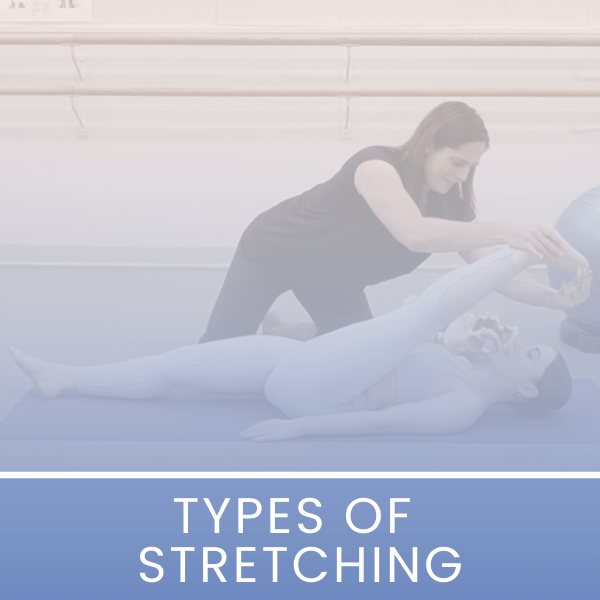
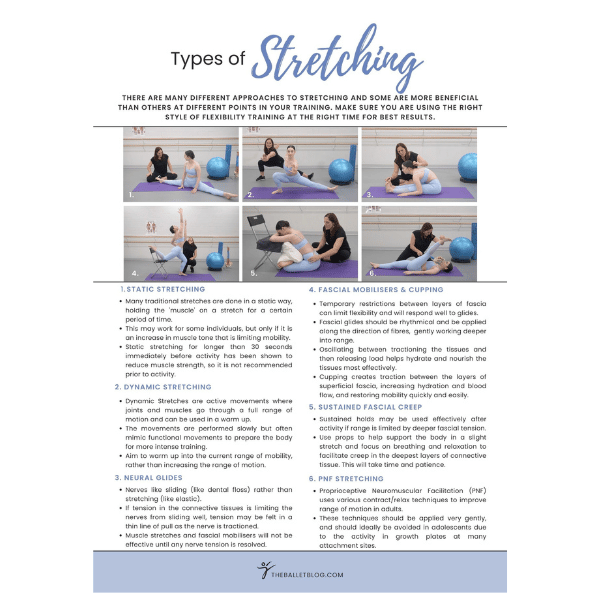 This product has multiple variants. The options may be chosen on the product page
This product has multiple variants. The options may be chosen on the product pageTypes of Stretching (The Flexibility Series)
Price range: $AUD 25.00 through $AUD 35.00 -
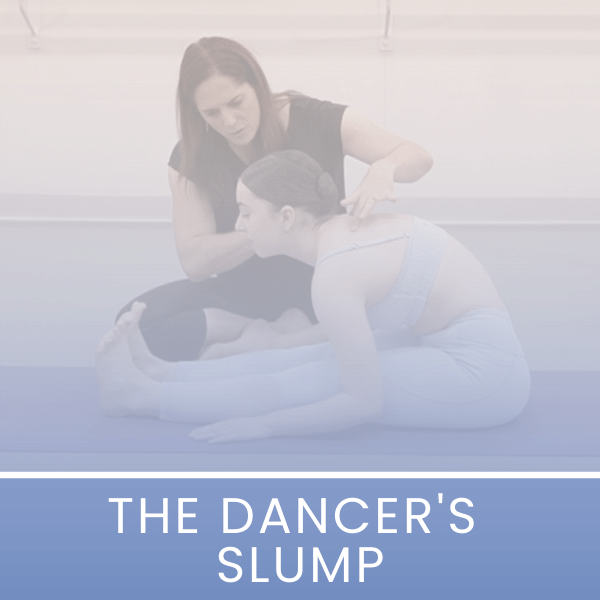
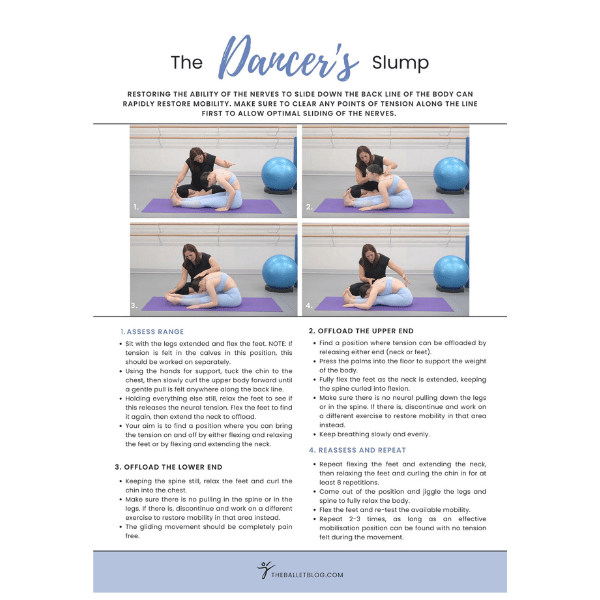 This product has multiple variants. The options may be chosen on the product page
This product has multiple variants. The options may be chosen on the product pageThe Dancer’s Slump (The Flexibility Series)
Price range: $AUD 25.00 through $AUD 35.00 -
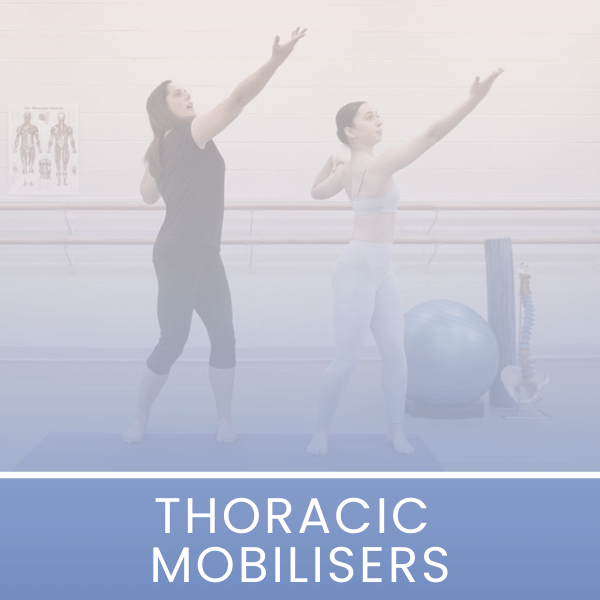
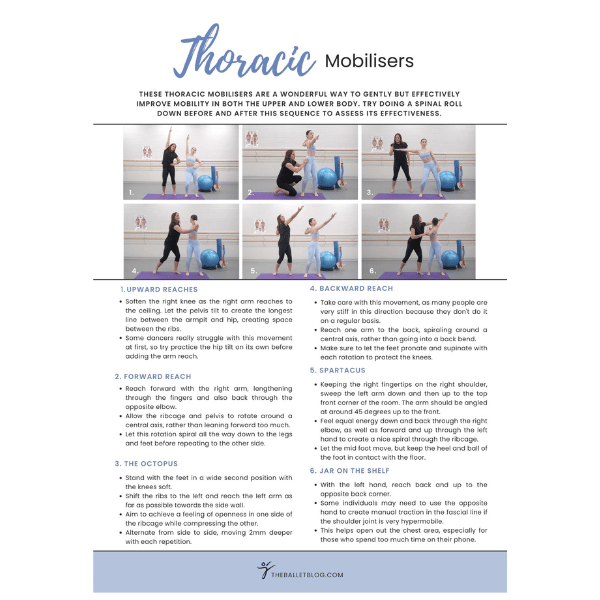 This product has multiple variants. The options may be chosen on the product page
This product has multiple variants. The options may be chosen on the product pageThoracic Mobilisers (The Flexibility Series)
Price range: $AUD 25.00 through $AUD 35.00 -
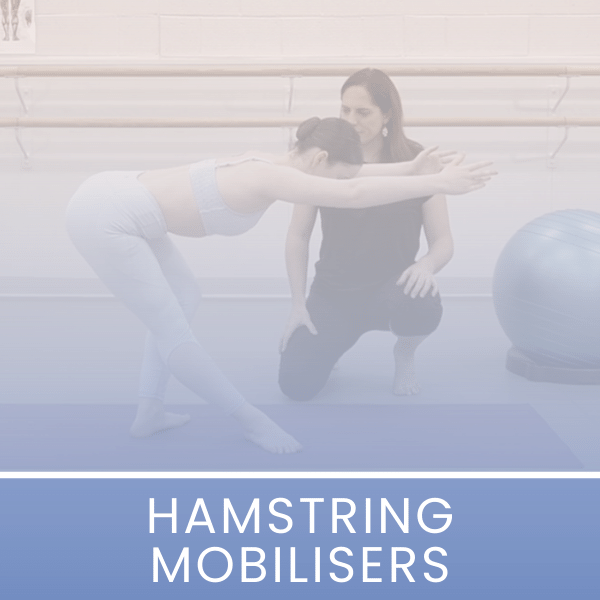
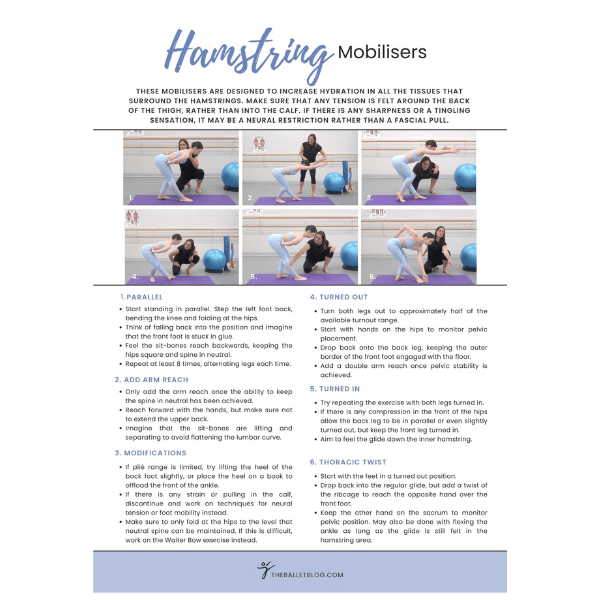 This product has multiple variants. The options may be chosen on the product page
This product has multiple variants. The options may be chosen on the product pageHamstring Mobilisers (The Flexibility Series)
Price range: $AUD 25.00 through $AUD 35.00

